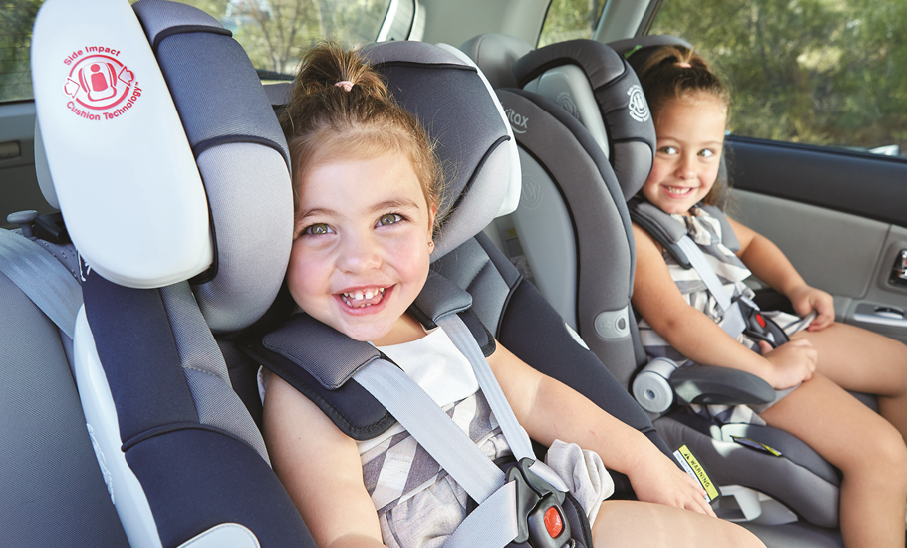As parents, our best intentions to keep our children safe are sometimes thwarted by unexpected circumstances. Being prepared for the unexpected is easier than it sounds. It mostly means setting things up so your child is automatically protected when things go wrong – like being involved in a car crash; when your child wanders out of sight for just a moment; or when an infant or toddler surprises you by being able to roll-over, crawl or turn on a tap. Injuries are the number one cause of death to children over the age of one, and a leading cause of hospital admissions for all children. Injuries are preventable
| Want to take part in a child safety study and get $100 back off the cost of your car seat? Do you live within 2 hours of Sydney’s CBD?
Help NeuRA researchers make travelling in child car seats safer by participating in a study. See the study’s webpage for details https://www.neura.edu.au/car-seat-study/ or text “Car seat study” to 0488 824 611, or email child-safety-study@neura.edu.au for more information. |
Experts in child safety at Neuroscience Research Australia, have pulled together their top tips for reducing the risk of injury to children. A few safety devices can save your child from injuries that can be life threatening or permanently disabling. These tips are based on the main causes of injury to young children and evidence on what works to prevent them – so, they represent some of the “best buys” for preventing child injuries.
- Always use the right car restraint and use it correctly – A child not in a restraint is from 20 to 60 times more likely to be seriously injured or die in the event of a crash, compared to a correctly restrained child. The experts say that half of all children travelling in car seats are not in them correctly. This adds to the risk of serious injury.
- Use safety straps on nursery furniture – Falls are the leading cause of hospital admissions to children under 5 years of age. When infants and toddlers are in high chairs, in prams and on change tables, safety harnesses reduce the risk of injuries due to falls.
- Install stairs guards – If your house has stairs, having stair guards in place, significantly reduces the chance of admissions to hospital for a fall down stairs by young children.
- Reduce excessively hot tap water – This is a common hazard, particularly if you have an older house that may have water temperatures above 50oC. Excessively hot tap water can cause a third-degree burn in seconds. Talk to your plumber or electrician (if you have an electric hot water system) about reducing the delivery temperature. You might just save on energy bills too.
- Install and regularly check child-proof fences for backyard pools, ponds, or dams – While people tend to be familiar with the need for good pool fences and well maintained pool gates, if your home has an in-ground fish pond, or is located near a dam or creek, be sure there is a functioning child-proof gates and fences between the house and these bodies of water.
While careful supervision of young children is always essential, having a safe environment is sensible insurance (and research strongly supports this). This approach reduces the chances of a severe injury when your little person happens to be in the wrong place at the wrong time.
You might also like to read:









